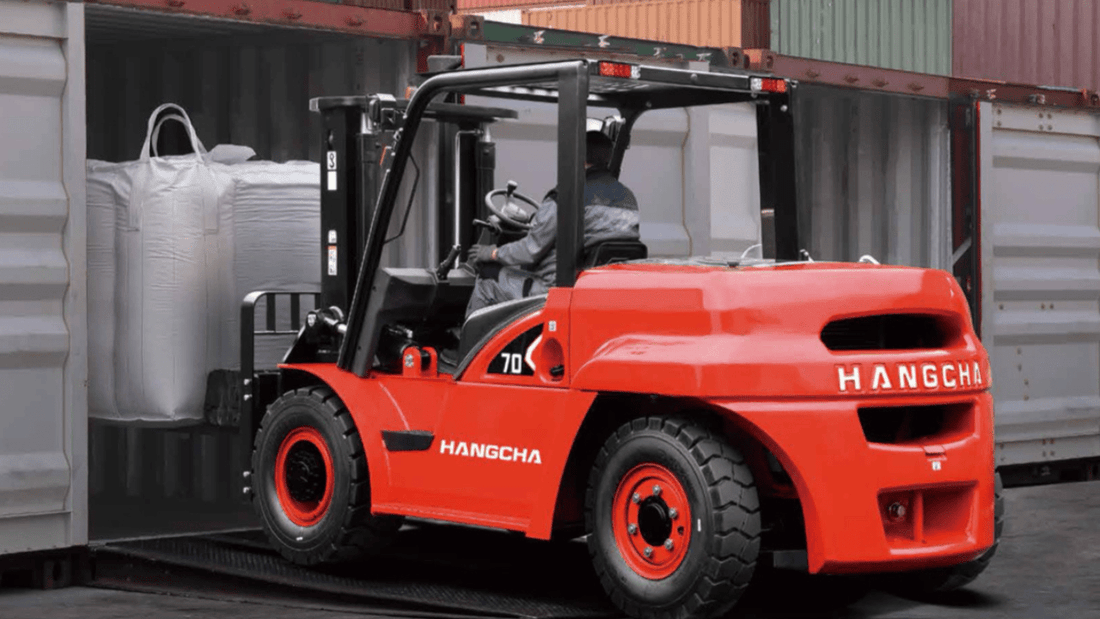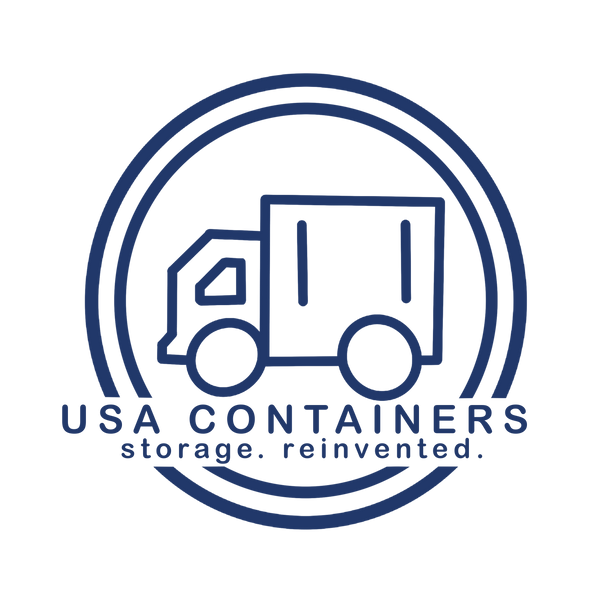
What Kind of Forklift Can You Use Inside a Shipping Container?
Share
If you’ve ever tried loading or unloading heavy goods from inside a shipping container, you already know it’s no easy feat. The tight quarters, low ceilings, and narrow door openings can turn even the simplest tasks into a logistical nightmare. That’s where container spec forklifts come in. These machines are built specifically to operate inside standard ISO shipping containers, making them a must-have for businesses dealing with in-container materials handling.
What Is a Container Spec Forklift?
A container spec forklift—also called a low mast or container mast forklift—is specially designed to work within the confined space of a standard shipping container. Unlike traditional forklifts, which can be too tall or bulky to enter a container without damaging it or getting stuck, container spec forklifts have compact dimensions and a lower mast height. This allows them to clear the container’s ceiling and work efficiently inside without compromising load capacity.
Using a Container Spec Forklift Inside a Shipping Container
There are a few reasons why a container spec forklift is the best choice for loading and unloading shipping containers:
-
Tight Space Compatibility
These forklifts are built for tight spots. Their low clearance and shorter turning radius make it possible to operate within the full length of a 20-foot or 40-foot shipping container without scraping the roof or sides. -
Increased Safety
Trying to muscle a full-size forklift into a shipping container is a recipe for damage—both to your gear and your container. Container spec forklifts reduce the risk of hitting the roof beams, denting walls, or tipping while inside. -
Efficiency Boost
With the right forklift, you can drive directly into the shipping container, pick up or drop off a load, and reverse out without having to switch to pallet jacks or call for backup. That saves time and labor costs. -
Reduced Damage to Goods
These forklifts allow for smoother, more controlled movement within the shipping container, which minimizes the chances of product damage during handling.
Key Features to Look For in a Container Spec Forklift
If you're considering investing in a container spec forklift for in-container use, you’ll want to check out these specs:
-
Collapsed Mast Height:
Look for models with a collapsed mast height under 85 inches. That ensures easy entry through standard shipping container doors. -
Lift Capacity:
Depending on your industry, you may need a forklift that can handle anywhere from 3,000 to 6,000 pounds. Just because it's compact doesn't mean it should sacrifice strength. -
Tilt Functionality:
Container spec forklifts often include a limited mast tilt to accommodate load stabilization without compromising overhead clearance. -
Cushion or Solid Pneumatic Tires:
Since you’re driving on plywood floors, cushioned tires or solid pneumatic tires are the best options. -
Low Overhead Guard:
Some models come with removable or foldable overhead guards so they can be used inside shipping containers without exceeding the height limits.
Electric vs. Internal Combustion
Container spec forklifts are available in both electric and internal combustion (IC) models, and each has its pros and cons for working inside shipping containers:
-
Electric Forklifts:
These are ideal for indoor and in-container work because they produce no emissions. Ventilation inside a shipping container is limited, so electric power is safer for operators. They’re also quieter and require less maintenance. -
IC Forklifts (Gas, Diesel, or LPG):
These can be more powerful and better for continuous heavy use outdoors, but using them inside a shipping container can be risky due to the buildup of fumes and heat.
If you're working inside a container for more than a few minutes at a time, electric is usually the safer and more practical option.
Best Practices for Using a Forklift Inside a Shipping Container
Even with the right equipment, using a forklift inside a shipping container requires a few precautions:
-
Inspect the Container Floor First
Check for rot, weak spots, or excessive rust, especially on used shipping containers. A container spec forklift can still weigh several tons and may damage or fall through a compromised floor. -
Mind the Load Height
Stack goods carefully to avoid blocking visibility or interfering with the ceiling. Keep your load profile low and centered. -
Ventilation Is Crucial
Even with an electric forklift, extended time inside a shipping container can get hot and stuffy. Leave the doors open and take regular breaks. -
Use a Spotter When Possible
Visibility is often limited inside a shipping container, so having someone guide you from the outside can help avoid accidents. -
Go Slow and Steady
Speed and sharp turns increase the risk of tipping or collision. Move deliberately and maintain full control at all times.
Industries That Benefit from Using a Container Spec Forklift
From freight forwarding to warehouse operations, any business that handles heavy inventory or raw materials inside shipping containers can benefit from using a container spec forklift. They're especially popular in:
-
Warehousing and logistics
-
Freight and shipping terminals
-
Construction supply yards
-
Retail distribution centers
-
Manufacturing facilities with container-based storage
If your operations involve moving materials in or out of shipping containers, a container spec forklift is a smart investment. It’s the only type of forklift designed with the shipping container environment in mind, making your work safer, faster, and far less frustrating.
Whether you’re loading pallets of product into a 40-foot high cube or retrieving stacked goods from a container at a job site, using the right machine for the job makes all the difference. Don’t try to force a standard forklift where it doesn’t belong—equip yourself with a container-ready model and get the job done right.
Fill out the form below for a free shipping container quote from USA Containers:
